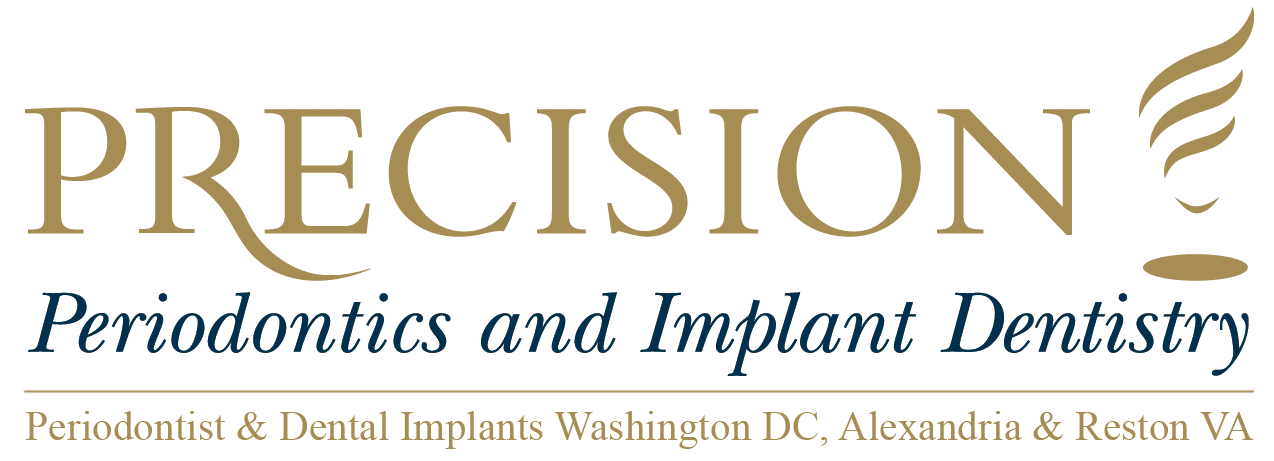Chlorhexidine Gluconate
Chlorhexidine is a disinfectant and antiseptic. It is often used to disinfect the skin prior to surgery in addition to sterilizing surgical instruments. It is most commonly known by the salt forms which include chlorhexidine gluconate and chlorhexidine digluconate (CHG) or chlorhexidine acetate. Chlorhexidine is used to disinfect the patient’s skin and the healthcare provider’s hands. It can also be used to clean a wound, help prevent dental plaque, treat oral yeast infections, and prevent blockage in urinary catheters. It is used in a liquid or powder form.
Some of the common side effects include possible irritation of the skin, discolored teeth, and an allergic reaction. It can also result in eye issues if there is direct contact. Studies have found it to be safe to be used while pregnant. Chlorhexidine can come in a form of being mixed in alcohol, water, or a surfactant solution. While it is effective against a range of microorganisms, it does not effectively inactivate spores.
In the 1950s, the medical community began using chlorhexidine. It is available over-the-counter and included on the List of Essential Medicines created by the World Health Organization (WHO).
Uses
Chlorhexidine is most commonly used as a disinfectant on the skin and hands, in cosmetics as an additive to creams, toothpaste, deodorants, and antiperspirants, and in pharmaceutical products. It is a common preservative found in eye drops, the active substance included in wound dressings and included in antiseptic mouthwashes.
Chlorhexidine is also used as an intracanal dressing and for irrigation in a root canal. In most developed countries, it has been replaced by the use of sodium hypochlorite bleach.
Antiseptic
Strong evidence suggests that that chlorhexidine is more effective than povidone-iodine and kills 99.9% of germs within 30 seconds or less.
Chlorhexidine digluconate (CHG) is active against organisms which are both Gram-positive and Gram-negative, facultative anaerobes, aerobes, and yeasts. It is especially effective against Gram-positive bacteria. Significantly higher concentrations are required to be effective against Gram-negative bacteria and fungi. Chlorhexidine is not effective against polioviruses. It has also been established as being effective against the Covid-19 virus.
Similar to other cation-active compounds, chlorhexidine will remain on the skin. It is often combined with an alcohol such as ethanol or isopropyl.
Dentistry
In dentistry, CHG-based mouthwash, in combination with a good oral hygiene, can aid in reducing the build-up of plaque. It has also been shown to improve mild forms of gingivitis. It is recommended to use about 20 mL for 30 seconds twice daily in a concentration of 0.1% to 0.2% as an effective mouth-rinse solution. It is possible, however, for the mouthwash to have negative effects which include damaging the mouth lining, discoloration of the teeth, build-up of tartar, and impairing a patient’s taste. When chlorhexidine rinse is used for four or more weeks, extrinsic tooth staining can occur.
Mouthwashes have been created which contain chlorhexidine and cause less staining of the teeth compared to the classic solution. Many of these formulas contain chelated zinc. The use of chlorhexidine to supplement an oral hygiene regimen has shown to lead to aid in reducing gingivitis.
